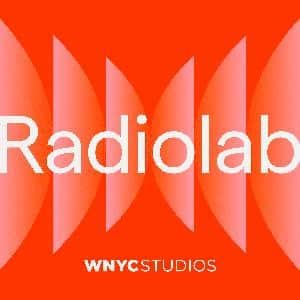
In this episode of the Huberman Lab podcast, Professor Andrew Huberman hosts a live Q&A event in Portland, Oregon, following his lecture on science and tools for mental health, physical health, and performance. The audience had the opportunity to engage in dialogue with Professor Huberman and ask questions on a variety of topics.
Professor Huberman’s lab at Stanford is dedicated to addressing the problem of traumatic brain injuries. He emphasizes the importance of improving sleep quality and duration for brain repair, as brain repair primarily occurs during sleep. Modulatory tools like good sleep, nutrition, social interactions, and stress management are crucial for optimal brain function and can lay the foundation for brain repair. It is essential to prioritize brain health and take preventive measures to minimize the risk of head injuries.
Essential EPA fatty acids, found in food or supplements, have been shown to enhance brain function and act as an antidepressant in doses exceeding 1-2 grams per day. Professor Huberman highlights the expertise of Dr. Rhonda Patrick in this field. Higher doses of EPA’s can aid in the recovery of traumatic brain injuries and cognitive function. Incorporating essential EPA fatty acids into one’s diet or considering supplements can have significant benefits for brain health.
Dopamine plays a crucial role in narrowing focus and can contribute to addiction. Professor Huberman explains that addiction is a progressive narrowing of pleasure, while a fulfilling life involves a progressive expansion of pleasure. Psychiatrists utilize low doses of dopamine receptor blockers to treat obsession and agitation. The speaker also discusses the neurochemical and hormonal adjustments that occur after events and the subsequent drop in dopamine levels in long-term relationships.
Morning sunlight viewing has been shown to enhance brain plasticity. Low-angle morning sunlight offers unique benefits for the brain. The cells in our eyes that set our circadian clock respond best to yellow-blue contrast and orange tones. Consistently viewing sunlight at specific times of the day can effectively anchor our brain and body in time, optimizing our circadian rhythms and overall well-being.
The Wim Hof breathing method, characterized by cyclic hyperventilation, has gained attention for its potential benefits. This deliberate hyperventilation increases adrenaline levels and can be followed by cold exposure through showers or baths. Professor Huberman explains that deliberate cold exposure can lead to a lasting increase in dopamine levels, comparable to some prescription drugs. Inducing adrenaline through these methods can create a distinct mind-body relationship and improve interoception.
Professor Andrew Huberman’s live Q&A event in Portland, Oregon, covered a wide range of topics related to brain health, trauma, addiction, sunlight, and the Wim Hof method. The audience had the opportunity to engage with Professor Huberman and gain valuable insights into these areas. It is clear that prioritizing brain health, understanding the role of dopamine, optimizing circadian rhythms, and exploring innovative methods like the Wim Hof method can contribute to overall well-being and performance.